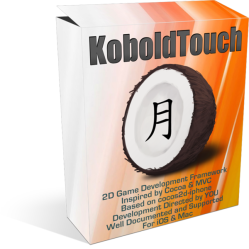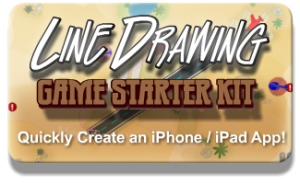The Four Ways of Implementing a Scrolling View with Cocos2D Explained
There are two classes of scrolling, "fake" and "real".
Altogether there are four ways to create a scrolling view in Cocos2D: with CCCamera, with CCFollow, manually moving a layer and "faking it".
I’ll discuss each approach and show their advantages and disadvantages as well as point out for which types of games they work best.
The example projects for this article can be downloaded from github.
Fake Scrolling - Creating the Illusion of Movement
Ideal for "endless scrolling" games. Typical genres include jumping or running games like Doodle Jump and Canabalt, as well as shoot’em ups.
These games mainly scroll along one axis, often scrolling only in one direction. The other axis has a limited range or is not scrolled at all. The fake scrolling approach prevents the coordinates of game objects to "explode" to similarly infinite coordinate points. This could introduce rounding errors in floating point values which may accumulate over time, causing inaccuracies at later stages of the game.
To create the illusion of scrolling, at least two background image sprites are needed. Four are needed if you also want to scroll a little along the minor scrolling axis. The background images must be repeating seamlessly, and each must be at least the size of the screen. The trick is to use the two or four images and move them in the opposite direction of where the player is supposedly heading. Continue reading »











